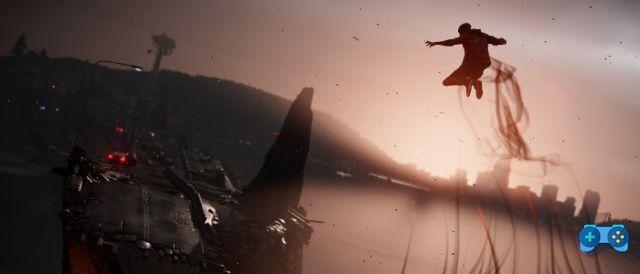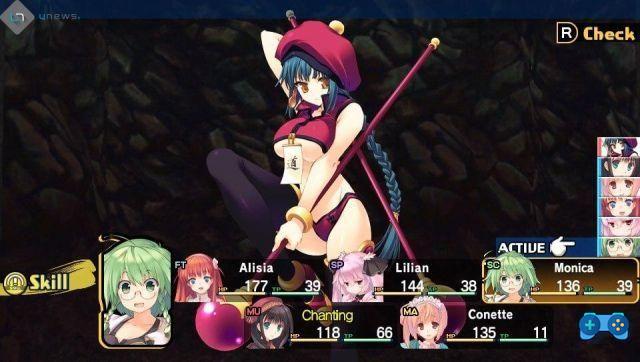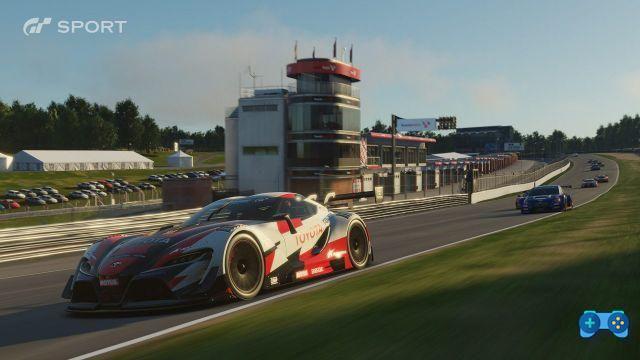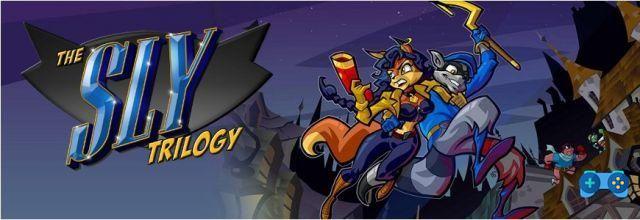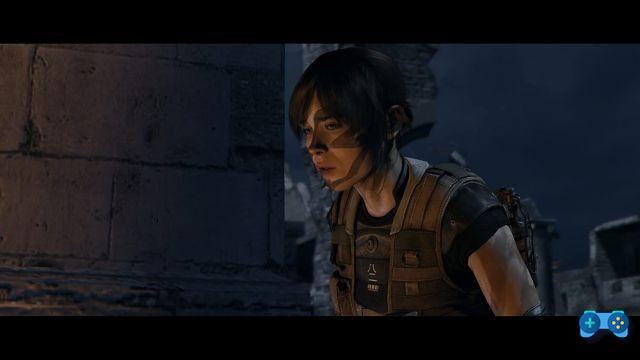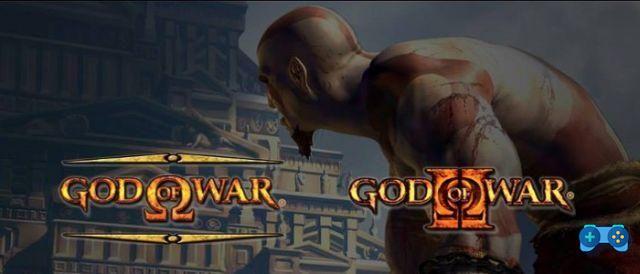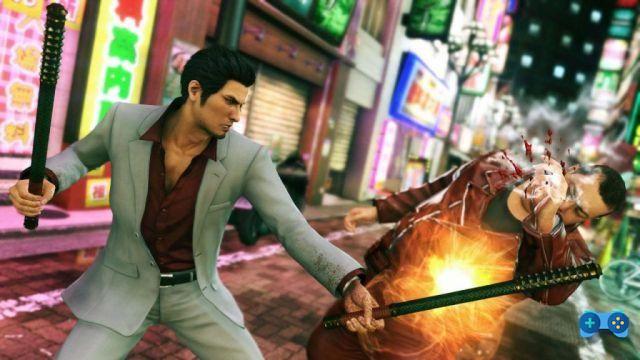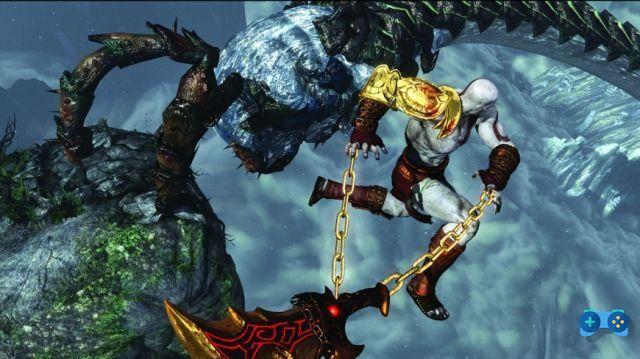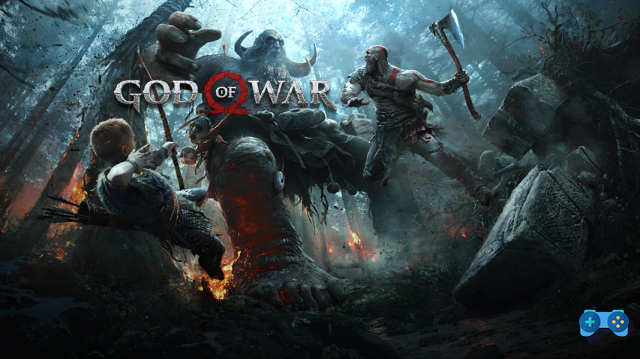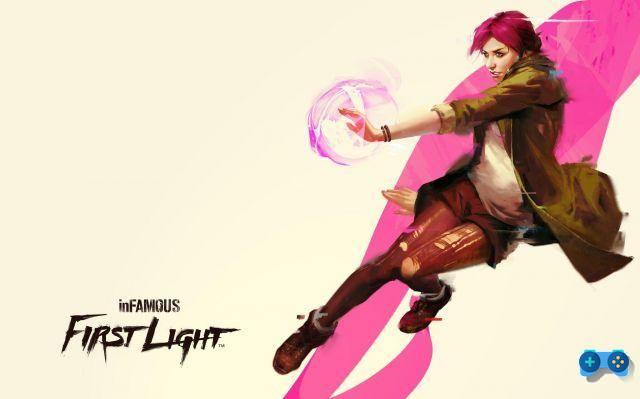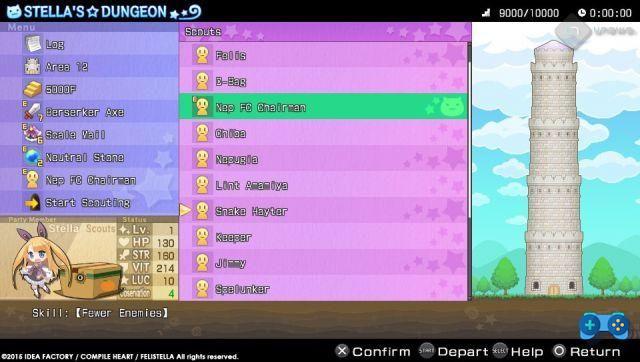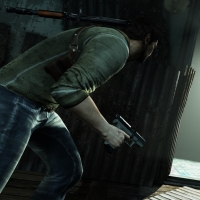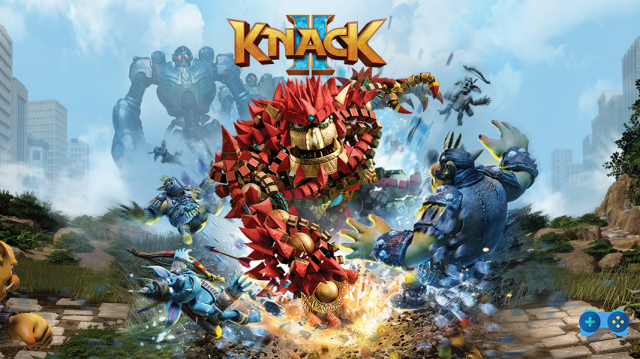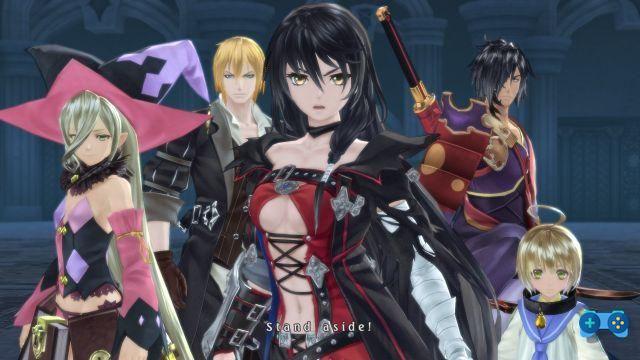
Revenge, rancor, fury: Velvet goes wild.
PlayStation 4 tested version.
We have already told you something about Tales of Berseria in our special dedicated to the demo, published by Bandai Namco a short time ago. By pointing out our doubts and those that we considered the real strengths of the new production dedicated to the Tales series, we entered a world apparently bright and alive, but how do you say? Aletheia: in Greek, “the truth is beyond the veil”. So forget what i have accustomed you to Tales of Zestiria, forget the heroes and good intentions. Berseria has no heroes. Its characters are as threatening as the name of the title, which recalls “Berseker”. Velvet, the protagonist, would make not only the bad guys pale, but also the good ones. Especially the good ones.
Released in Japan last August, Tales of Berseria lands on our next-generation home consoles (say hello to PS3 and Xbox 360 with your hand) and on PC on January 27th, with its load of adventures, explorations, anti-heroes, fights and narratives. After being abundantly lost, in the soul and in the body, for its game map, we are ready to tell you the reasons why the new Bandai Namco production has convinced us, scoring a new success on the front of a brand that has now become famous all over the world (and no longer an exclusive Japanese one) and making some interesting innovationsi to a saga that has remained rather conservative in recent years. Even in the face of obvious technical limitations.
Revenge comes from pain
Beautiful heroine on the cover of the game, right? Does he seem like a good person? Maybe yes, maybe not, but don't fool yourself: it's not easy to say for sure even after completing the main plot. The truth is that Velvet is a Demon, and his arm is capable of transforming itself when necessary to steal the souls of enemies. But it has not always been: his personal story, the most interesting of all those that will be told by the supporting actors, comes from pain and suffering.
Velvet lived in a village with his brother Laphicet and his brother-in-law Artorius, who was widowed when, years earlier, the disease known as demonite had devastated the village and killed Velvet's sister along with the child she was carrying. The Scarlet Moon returns to strike the village and its inhabitants several years later, transforming them into demons. That's when Velvet is forced to watch helplessly Artorius sacrifice his brother in a mysterious ritual. Transformed in turn into a type of demon capable of feeding on other demons and spirits, Velvet has been pondering revenge for years in an underground cell, until she manages to escape along with some outcasts like her. And this is where our adventure in Berseria begins.
The adventure begins like this. Does it seem like a plot that leads to saving the world? No, not at all. Why it isn't. Velvet is moved by a thirst for blood, by the desire to avenge the death of her brother. She is joined by Rokurou during the escape, another demon who owes her a favor practically by chance and who, like Velvet, aims for the top of the Abbey, an order founded by Artorius after having acquired enormous powers: the ritual performed by this The latter in fact allowed human beings to bind the Malak, the spirits who in Tales of Zestiria will be called Seraphim. Not even the other companions of Velvet reveal themselves to be who knows which heroes, and they have no problem in declaring it openly. But their story will lead them to accomplish something important, in spite of themselves, for the destiny of the whole world.
Learn to master your powers
We will summarize the possibilities of Tales of Berseria in this way: storytelling, exploration, action. And we face positive innovation right away. Tales of Berseria abandons the trend launched by Zestiria: while the latter presented immense and too dispersive maps, the new environments are more contained while presenting a considerable number of enemies and objects of interest. Another important change concerns the character growth who will be able to level up but above all increase their parameters through the skills hidden in the pieces of equipment. In fact, each weapon or armor has parameters capable of influencing the progress of battles: once the maximum competence is reached, a character definitively learns the "dominated" ability of that equipment, enjoying precious permanent bonuses from time to time. they increase the attack, the defense, the effectiveness of the Arts against certain categories of monsters, or better still they reduce the elemental damage and the effects of the negative altered states.
The combat system is not easy to digest, even for lovers of the genre and has a certain amount of complexity that promises to give satisfaction to the player only once he has mastered it properly. The battles themselves remained similar to those of the classic Tales, but they are not identical. In this Tales of Berseria, once entered the battlefield, it will be possible to use the canonical four Playstation buttons to carry out various attacks. From the main menu it is possible to set four combo lists, one for each of the keys, which can then be combined to carry out the attack you want. At any time it is possible to select support characters who can intervene in battle, all focused on close combat in real time and no longer on turn-based strategy.
These are mechanics that have been studied, especially in the "easy" execution mode, to be immediately usable by any player. If you want to complete the story by taking care of beating the enemies as little as possible, and simply pressing keys at random, then you can do it safely. However, this will lead you to lose a really significant depth: from the earliest stages of the game the latter is generous with tutorials and tutorials and tutorials to really teach you everything, everything you could keep in mind about duels against wild monsters execution of combos, power-ups, arrival and support of your allies. And the tutorials will also continue quite long during the first ten hours of the adventure: by skipping them you could miss some fundamental steps to become indestructible warriors, and you will not even be able to see the full potential of Velvet and supporting actors in action. But it is about the classic Japanese RPG real-time combat system: cumbersome, initially difficult to master and not very intuitive. Lovers of the genre, however, will only be able to remain entranced. That turn-based combat has been replaced by a more immediate one precisely to give the title an extra chance of success in the West?
Solid but improvable
Tales of Berseria doesn't look like a current gen title. Development started years ago on PlayStation 3 and it is perfectly evident if we take into consideration the polygonal models of the characters and the environmental details of the various scenarios. However, the artistic side of the production is not affected: the narrative parts in "anime style" are masterfully made and the animations of the protagonists are rather accurate. They are rather an endless list of caverns all the same, non-player characters characterized at the limits of the acceptable and a certain visual redundancy to make anyone who are not avid fans of the series turn up their noses. However, this is an excellent step in the direction of a Tales born and developed on PlayStation 4 and Xbox One.
Despite some rare drops, the framerate at 60 fps it proved very stable, especially in battles with hordes of enemies, despite light effects, combos and spells cast from time to time. A step backwards is instead recorded on the soundtrack, too devoted to reusing the same songs. Among the most successful is the lively theme of the diabolical witch Magilou, whose intervention always heralds hilarious, sometimes even embarrassing situations. The title features two audio tracks as usual, one in English, the other in Japanese.
Final commentTales of Berseria marks an important stage in the history of the franchise, which for the first time wants to clearly insert itself also within the Western market. Some welcome introductions counterbalance too many leftovers from the past and previous Xilia, and a cutting-edge artistic and technical production offers countless hours of play to all lovers of Japanese action RPJ. All this without considering the extremely interesting plot centered on the revenge of the demon Velvet. What are you waiting for then? Get ready to fight. |
| For | Cons |
|---|---|
| - Interesting storyline and protagonist - Deep combat system - Great voice acting, Spanish translation | - Commands sometimes cumbersome - Ended the story, extremely repetitive - Technically still improvable |
| Overall rating: 80 |
Deprecated: Automatic conversion of false to array is deprecated in /home/soultricks.com/htdocs/php/post.php on line 606







